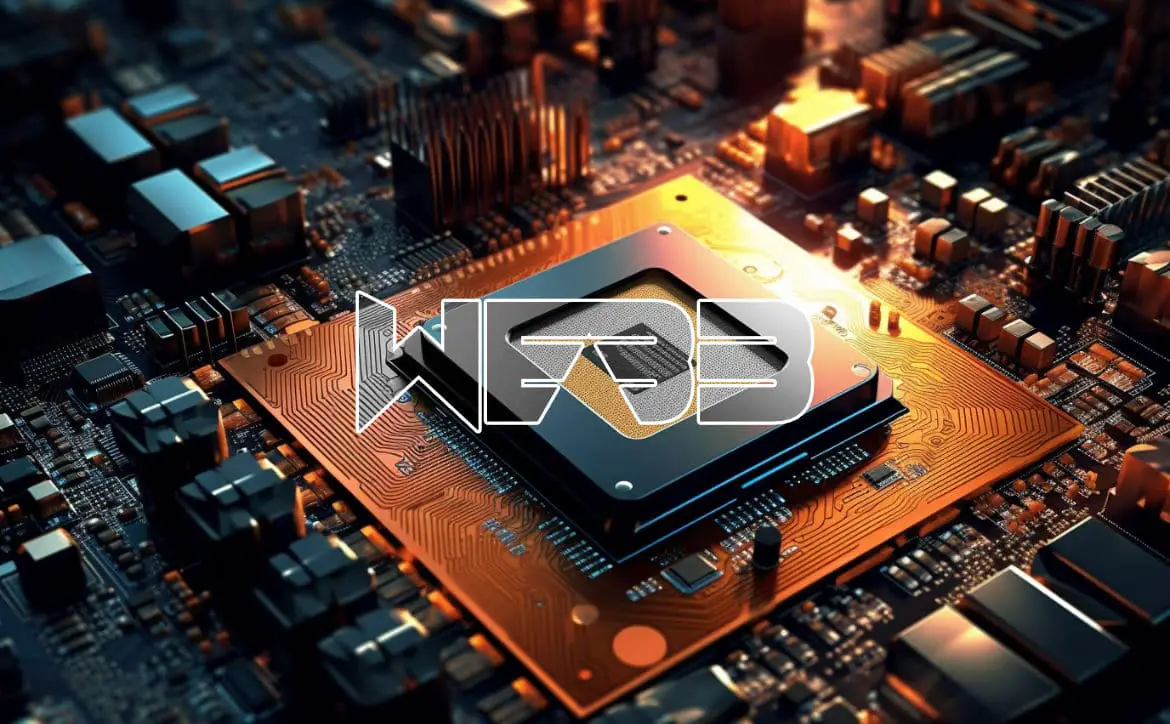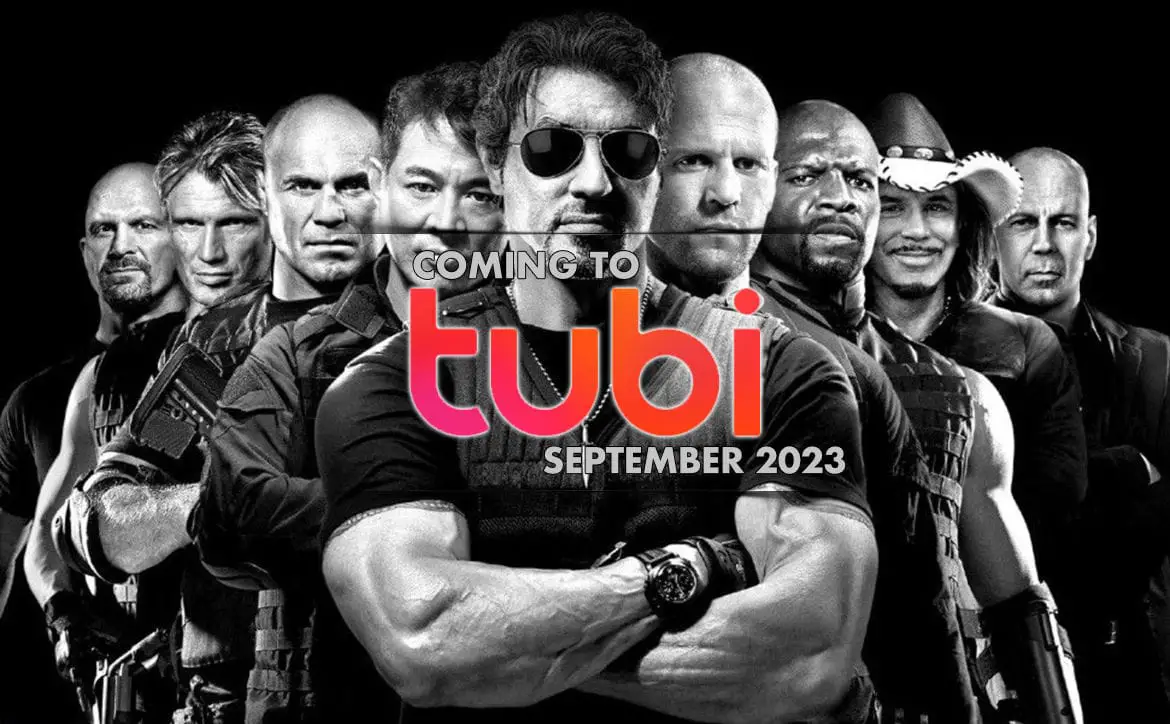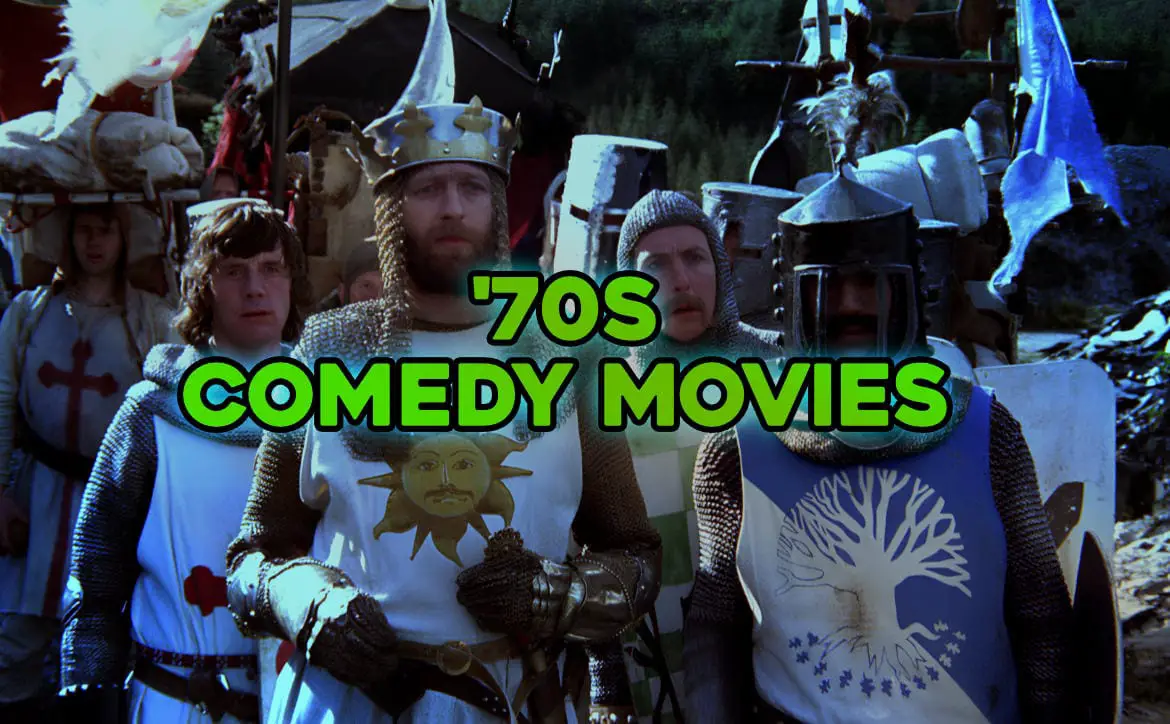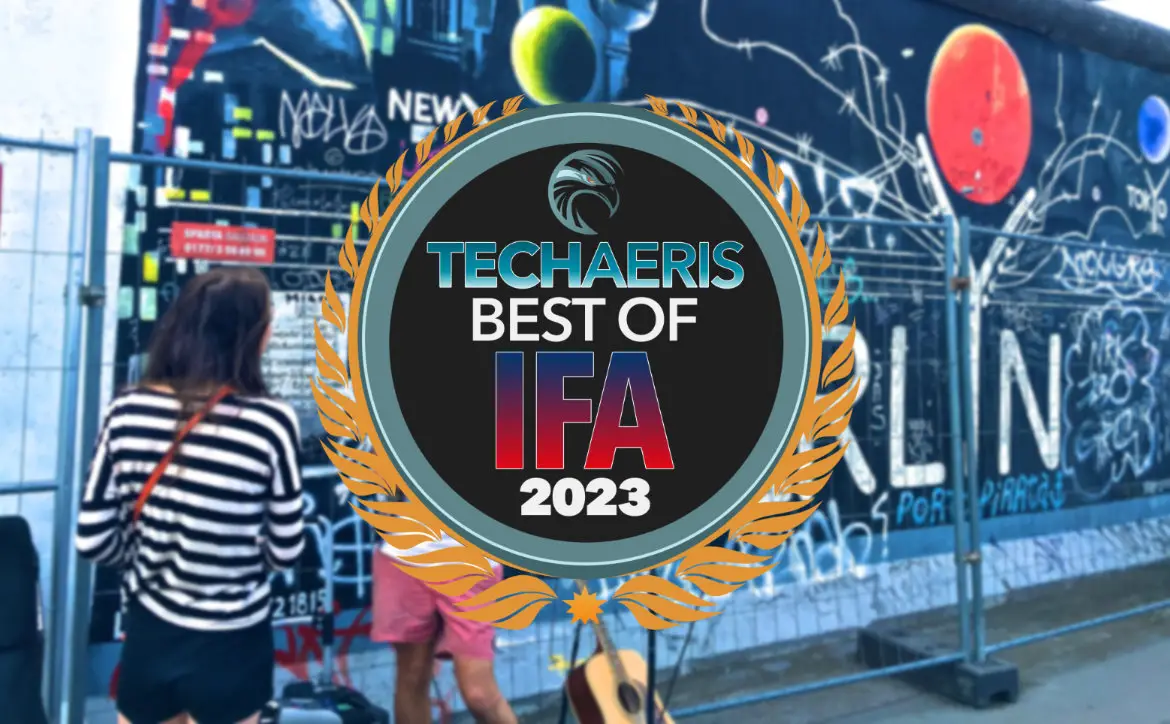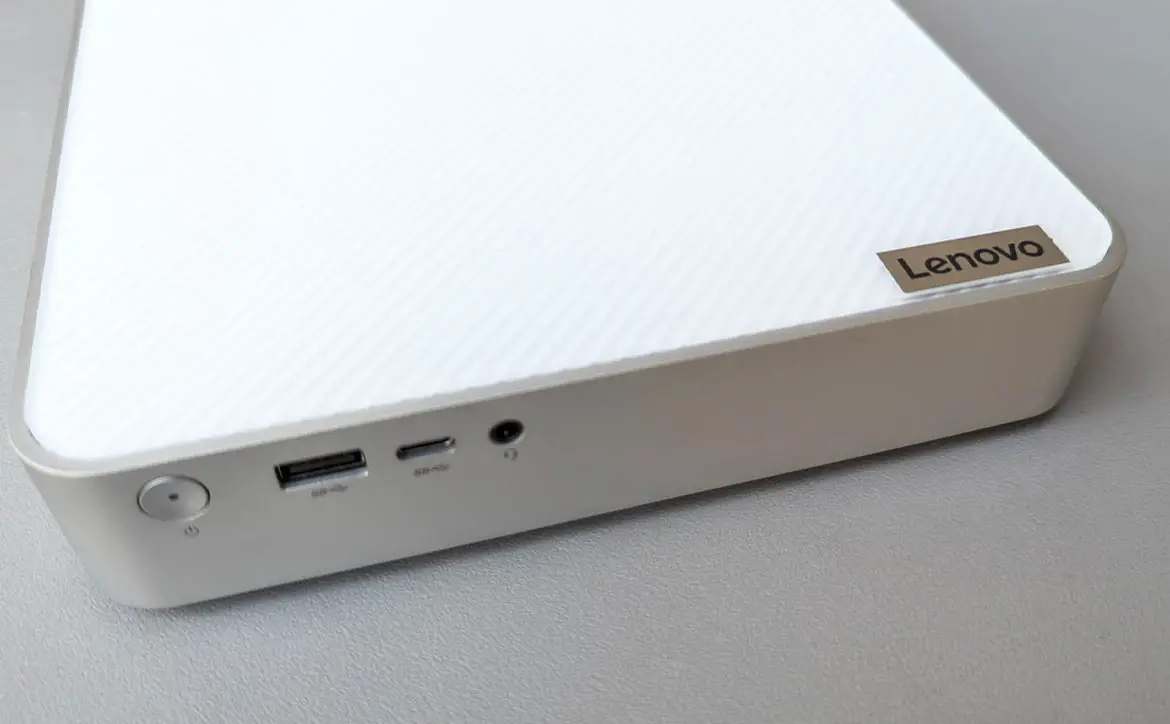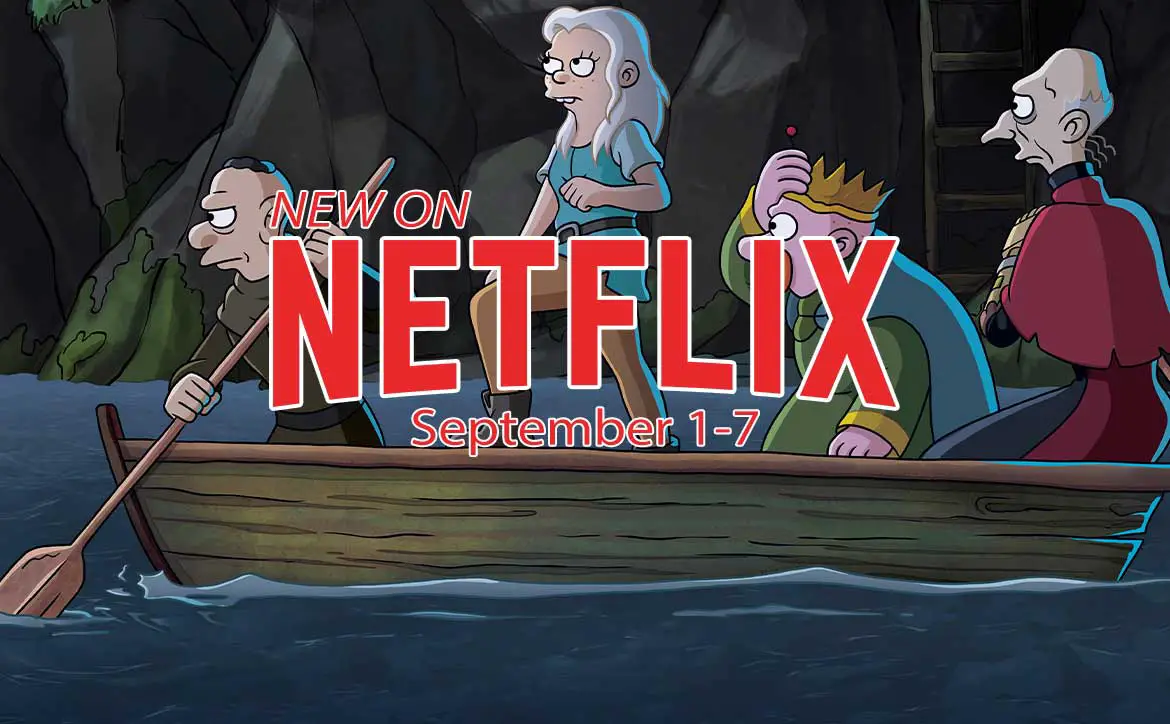Web3 isn’t something we’ve covered much here at Techaeris. There are many emerging technologies we have yet to touch on. But given our small staff, it is difficult to touch on every single tech innovation or idea currently out there. But we have had some asking us questions about Web3 and wanting an explanation. Let’s give it a go. Of note; we are presenting the information here without opinion or endorsement, and this is a very basic overview intended for those not yet familiar with Web3.
Estimated reading time: 4 minutes
The internet has come a long way since its inception, transforming the way we connect, communicate, and transact. While Web 2.0 brought us social media, e-commerce, and interactive web applications, a new era is dawning upon us – Web3. This new web concept aims to reshape the internet by empowering individuals, fostering decentralization, and enabling new possibilities. In this article, we will delve into the world of Web3 and explain its root in the simplest terms possible.
Understanding Web3
Web3, short for “Web of the Third Generation,” is a term used to describe the next iteration of the internet. Unlike its predecessors, Web3 seeks to address some limitations and challenges faced by Web 2.0. It envisions a more open, decentralized, and user-centric internet, where individuals have greater control over their data and digital interactions.
Key Principles
- Decentralization: Web3 aims to shift the power dynamics from centralized entities, such as tech giants and intermediaries, to a decentralized network of participants. This is made possible by leveraging blockchain technology, which enables the creation of distributed, transparent, and tamper-resistant systems.
- User Empowerment: Web3 places a strong emphasis on empowering users by giving them more ownership and control over their digital lives. It enables individuals to manage their data securely, decide who can access it, and even participate in governance and decision-making processes.
- Interoperability: Web3 promotes interoperability between different platforms and applications, allowing seamless interaction and exchange of data. This means that users can easily move their digital assets, identities, and information across various services without being locked into a single platform.
- Trust and Transparency: Web3 leverages the inherent trust and transparency provided by blockchain technology. By utilizing decentralized ledgers, smart contracts, and cryptographic protocols, Web3 ensures that transactions and interactions are transparent, secure, and verifiable.
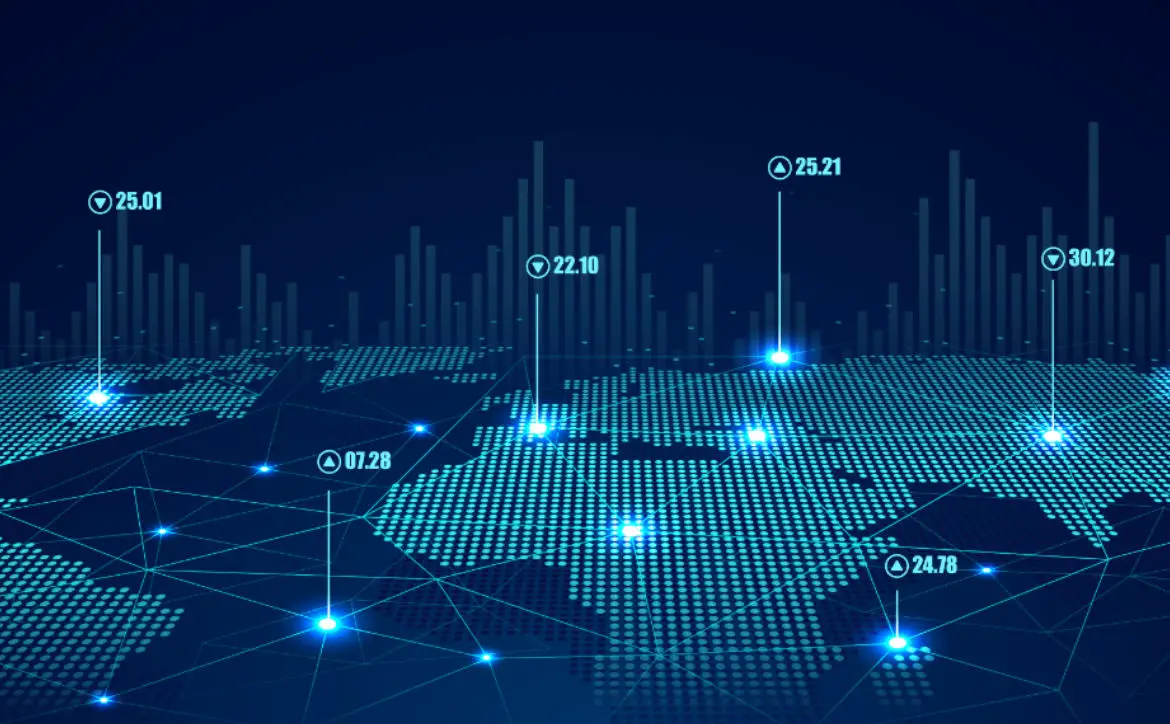
Key Components
- Blockchain Technology: Blockchain is at the core of Web3, serving as the foundation for decentralized applications (dApps) and digital assets. It enables secure, transparent, and tamper-proof record-keeping, removing the need for intermediaries and enhancing trust in online interactions.
- Cryptocurrencies and Tokens: Web3 introduces the concept of cryptocurrencies and tokens, which serve as digital assets that can be traded, exchanged, or used within decentralized applications. These digital currencies facilitate peer-to-peer transactions and enable new economic models.
- Smart Contracts: Smart contracts are self-executing agreements coded on the blockchain. They automatically enforce the terms and conditions of a contract, eliminating the need for intermediaries and providing trustless interactions. Smart contracts enable decentralized applications to operate autonomously and securely.
- Decentralized Applications (dApps): Unlike traditional web applications that rely on centralized servers, dApps operate on decentralized networks. These applications are open-source, transparent, and community-driven, ensuring that users have greater control over their data and interactions.
Examples of Web3 Apps
- Decentralized Finance (DeFi): DeFi refers to a new wave of financial applications built on blockchain. These platforms provide alternatives to traditional financial services, such as lending, borrowing, and trading, without the need for intermediaries. DeFi aims to make financial services more accessible, inclusive, and transparent.
- Non-Fungible Tokens (NFTs): NFTs are unique digital assets that can represent ownership or proof of authenticity of digital or physical items. Web3 has revolutionized the art, gaming, and collectibles industries by enabling the creation, buying, and selling of NFTs, allowing creators to directly connect with their audience.
- Decentralized Social Media: Web3 brings the promise of social media platforms that prioritize user privacy, data ownership, and content moderation. These platforms aim to give users control over their data, enable peer-to-peer interactions, and foster community-driven governance models.
Conclusion
Web3 represents a transformative shift in the way we perceive and interact with the internet. By embracing decentralization, user empowerment, and interoperability, Web3 opens up new possibilities for innovation, economic models, and social structures. While the full realization of Web3 is still unfolding, some say it has the potential to redefine the internet, placing individuals at the center and enabling a more equitable and inclusive digital future.
What do you think of this new web technology? Please share your thoughts on any of the social media pages listed below. You can also comment on our MeWe page by joining the MeWe social network. And subscribe to our RUMBLE channel for more trailers and tech videos.

